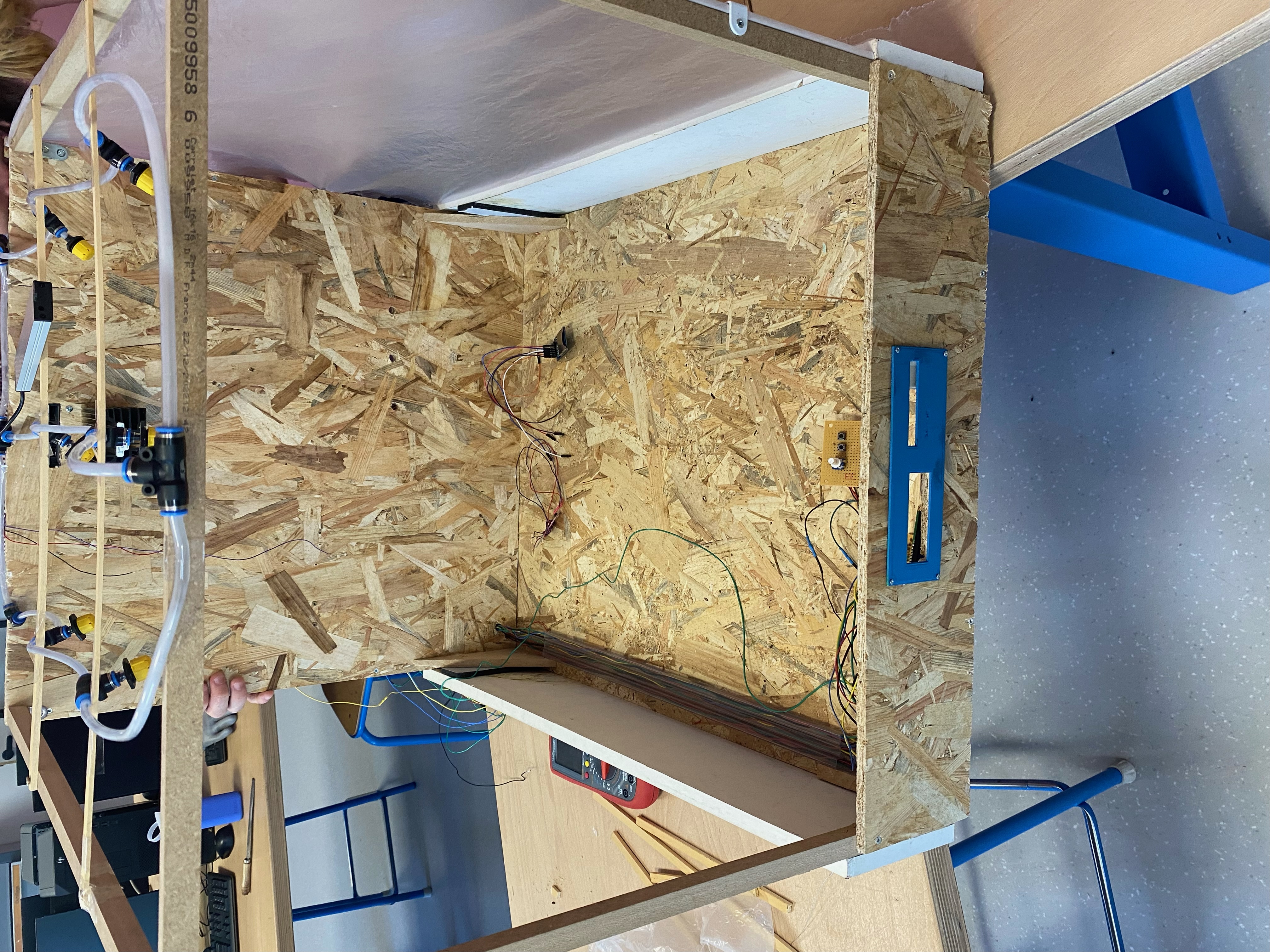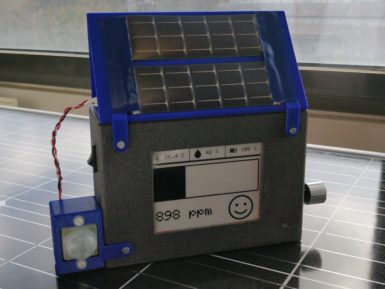
USB-C to HDMI multiport adapter 4K, USB hub, PD pass through
USB-C Multiport adapter | HDMI | 4K | 60W | PD Pass Through | 1x USB-A | 0.15m | Aluminium
Overview
Use the USB-C 3.2 Gen1 to HDMI 4K adapter to connect a HDMI screen or beamer to a notebook. The adapter supports a maximum resolution of 4096 x 2160 (4K) @ 30Hz. The AC7022 has a Power Delivery Pass-Through port (max. 60W) and an additional USB-A port.
- Solid aluminium USB-C 3.2 Gen1 to HDMI video adapter with a max. resolution of 4096 x 2160 (4K) @30Hz
- 60W Power Delivery Pass-Through port for charging your connected device
- USB-A 3.2 Gen1 data port
- Plug and play: a USB-C port with DisplayPort Alternate Mode (DP Alt Mode) is needed
Connect a notebook with USB-C to a monitor or beamer with HDMI
Connect a source device with USB-C to a monitor or beamer with HDMI by using the USB-C 3.2 Gen1 to HDMI adapter. The USB-C port of the source device must support DP Alt Mode. The USB-C to HDMI Adapter supports the maximum resolution of 4096 x 2160 (4K) @ 30Hz. The AC7022 has an additional USB-A data port.
USB-C Power Delivery Pass-Through port 60W
The USB-C Pass-Through port supports power delivery 60W. The notebook is always charged with the right amount of power thanks to the pre-defined Power Delivery profiles. The charger communicates with the notebook to negotiate the most effective charging profile.
Tech specs
| Product category | USB-C multiport adapters |
| USB Type-C | Yes |
| Length cable | 0.12 m |
| Shielding type | Aluminum Mylar |
| Conductor material | Tinned copper |
| Wire gauge | 32 AWG |
| Power Delivery ports | 1 |
| Max. Power Delivery power | 60 W |
| Supported Power Delivery profiles | 12.0V up to 2.58A, 15.0V up to 2.67A, 20.0V up to 2.75A, 9.0V up to 2.44A |
| Colour | Grey |
| Connections | HDMI, USB |
| Connections (computer) | USB C male (x1) |
| Connections (display) | HDMI A (full-size) female (x1) |
| 4K compatible | Yes |
| Max. resolution @ 30Hz | 3840 x 2160 |
| Max. resolution @ 60Hz | 1920 x 1080 |
| Chroma sampling | 4:04:04 |
| Video signal | HDMI |
| Video specification | HDMI High Speed |
| USB version | USB 3.2 Gen 1 - SuperSpeed (USB 3.0) |
| System requirements | USB Alternate mode |
| Power supply | Bus powered |
Get Inspired

Just a simple and enjoyable autonomous greenhouse

Humans are animals and like all animals, we evolved in mostly outdoor conditions where the air is nice and fresh. But modern society keeps most of us indoors the vast majority of the time, which could have negative health effects. There are many potential hazards, including a lack of sunlight and psychological effects, but CO2 may pose a more tangible risk. To keep tabs on that risk within classrooms, a team from Polytech Sorbonne built this small CO2 monitor. This CO2 monitor performs two functions: it shows anyone nearby the CO2 levels in the area and it uploads that data over LoRaWAN to a central hub that can track the levels across many locations. A school could, for example, put one of these CO2 monitors in every classroom. An administrator could then see the CO2 levels in every room in real time, along with historical records. That would alert them to immediate dangers and to long term trends. At the heart of this CO2 monitor is an Arduino MKR WAN 1310 development board, which has built-in LoRa® connectivity. It uses a Seeed Studio Grove CO2, temperature, and humidity sensor to monitor local conditions. To keep power consumption to a minimum, the data displays on an e-ink screen and an Adafruit TPL5110 timer only wakes the device up every ten minutes for an update. Power comes from a lithium-ion battery pack, with a DFRobot solar charger topping up the juice. It uploads data through The Things Network to a PlatformIO web interface. An Edge Impulse machine learning model detects anomalies, so it can sound a warning even if nobody is watching. The enclosure is 3D-printable.







